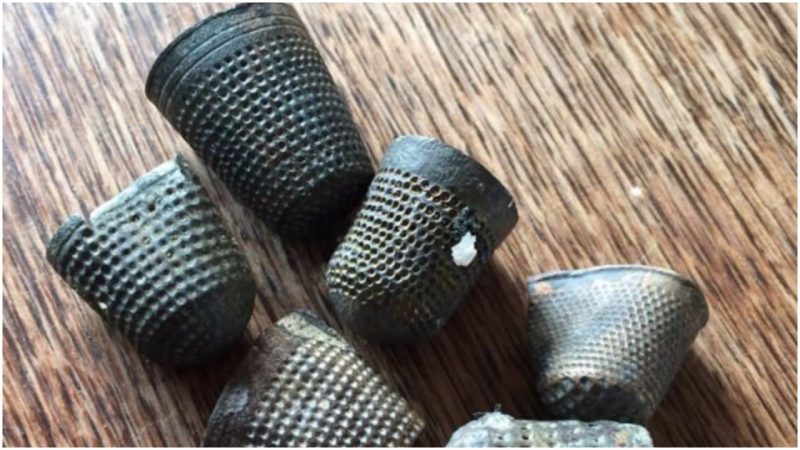There is little chance that Lara Maiklem will become the new Mary Anning, unearthing a skull from a 250-million-year-old Ichthyosaur, but her story is a fantastic one, nevertheless. For 15 years now, she has been roaming the shores of the River Thames in London, in search of items that she says can be a “precious window into past lives lived on and around the capital’s famous river.”
Maiklem is following in the footsteps of the mudlarks, ghosts of the past who left their trace back in the 18th and 19th centuries. Back then, being a mudlark was an occupation chosen out of necessity, and most often due to great poverty. Work conditions were harsh, but some people had no choice but to wade through the muddy banks of the Thames.
The big river running through the heart of London hosted ships from all corners of the world. Amid the chaos, mudlarks did not quit on their hope that they might find an item that could bring them some money. Typically, children and elderly people, they struggled to survive amid the putrid mud. That must have been a far from pleasant experience, as the raw sewage that ended up on the muddy shores often presented unpleasant sights, including human corpses.

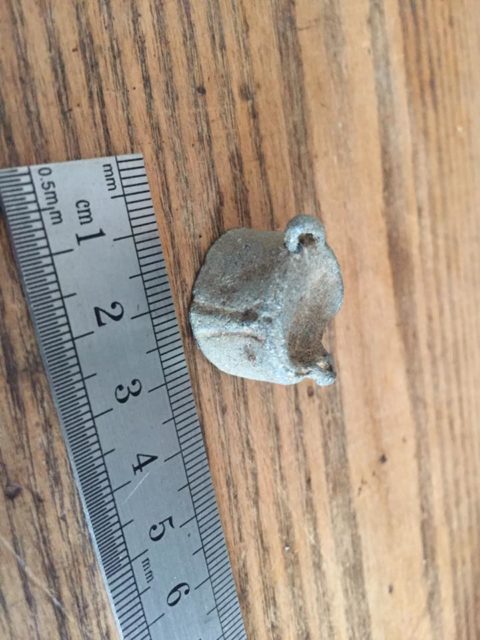
Unlike the mudlarks of Victorian days, Maiklem is one of the rare individuals who search for items on the shores, although it’s for a different reason. She looks for any memorabilia, items that continually emerge from the Thames and might represent a time capsule that can speak volumes about the long-forgotten days of the city.
For centuries, people have been either losing their possessions or dumping their trash in the Thames, which in a way has transformed the river into a treasured, unorthodox archaeological site.
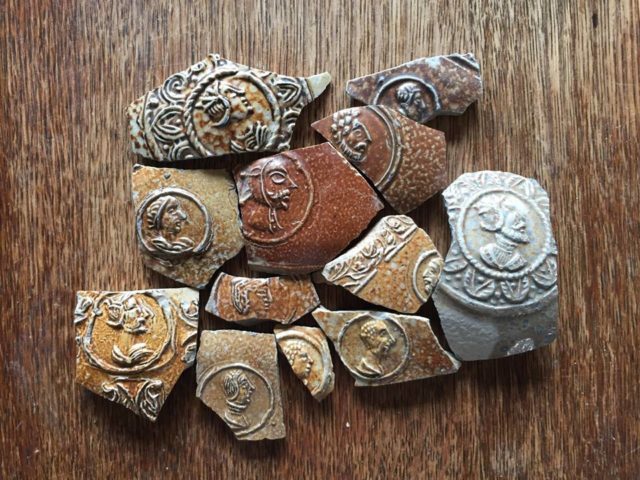
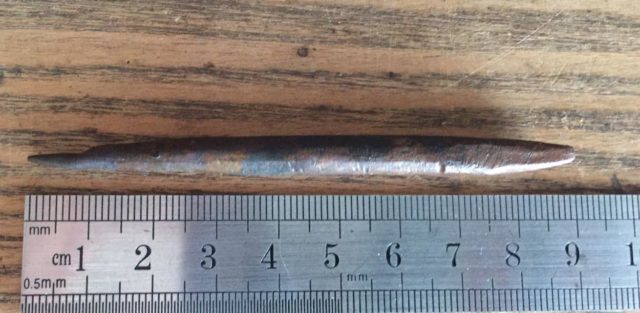
As Maiklem states for The Guardian, she is not a treasure hunter, walking around with a metal detector to find gold or coins; she is “a collector of pieces of human history.” Very often, what she picks from the mud is nothing more than a button, or a broken clay pipe. However, there are also some amusing personal belongings that are found here and there, such as well-preserved shoes from a different era, or even modern-day wedding rings, a reminder that the river is still often the container of shattered hearts and broken dreams.
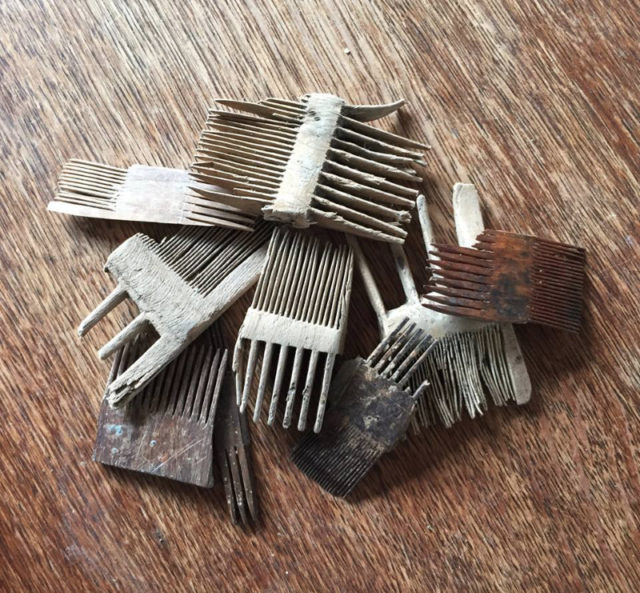
In 19th-century England, mudlarks were pushed to the riverbed as a matter of simple existence, but Maiklem is happy that she pursues this activity as a passionate hobby. Her efforts have evolved over the years, and she is now running an initiative known as London Mudlark.
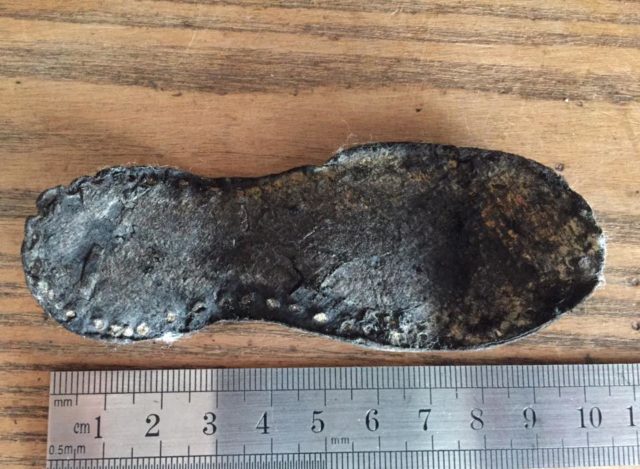
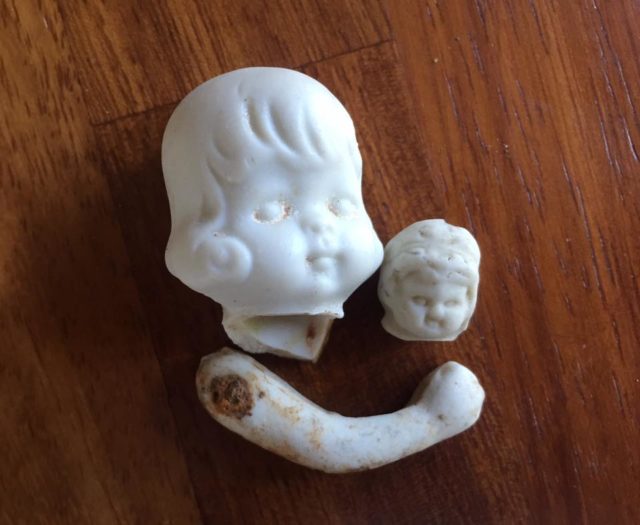
She began walking along the banks of the Thames almost two decades ago as a way of finding peace of mind while going through difficult personal changes. Maiklem managed to find peace in the even flow of the water but also began noticing items that were an eye-opener. Ever since, she has had the unique opportunity to scrutinize the little treasures she comes across and learn something new about the past.
The best times to find an item are the two instances of the day when the tide retreats. Different areas of the shore reveal different things. Some findings even date back to ancient Roman days, such as broken pieces of pottery, and there are also items from medieval times or the Tudor era.
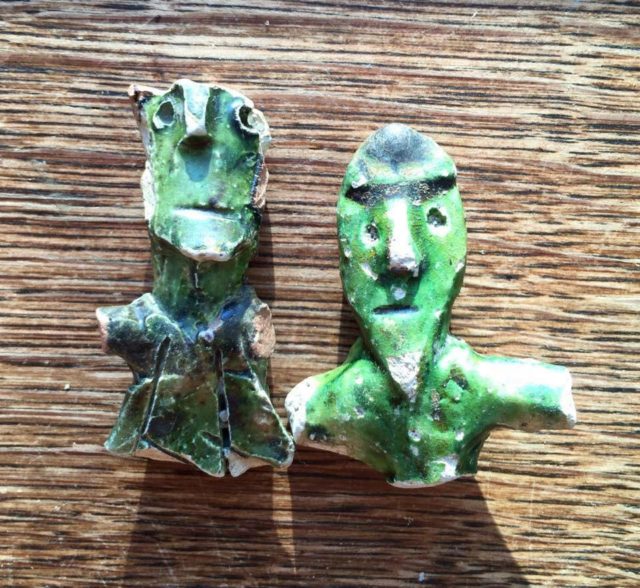
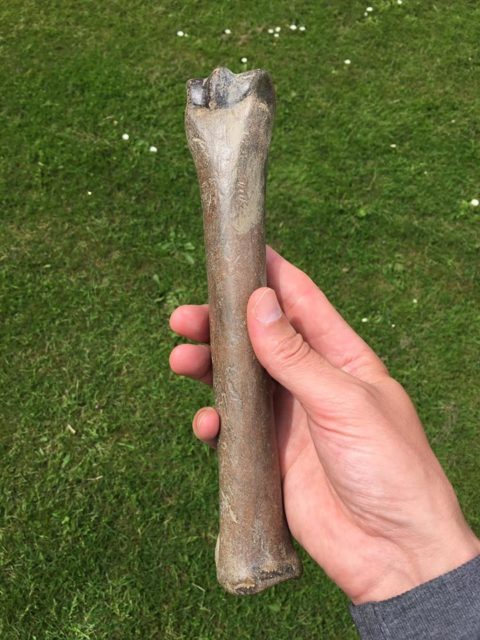
As Maiklem reports, there seems to be a fair amount of broken clay pipes, scattered around like cigarette ends are nowadays. Some of the earliest samples of pipes would date back to the end of the 16th century, when tobacco was first introduced to England.
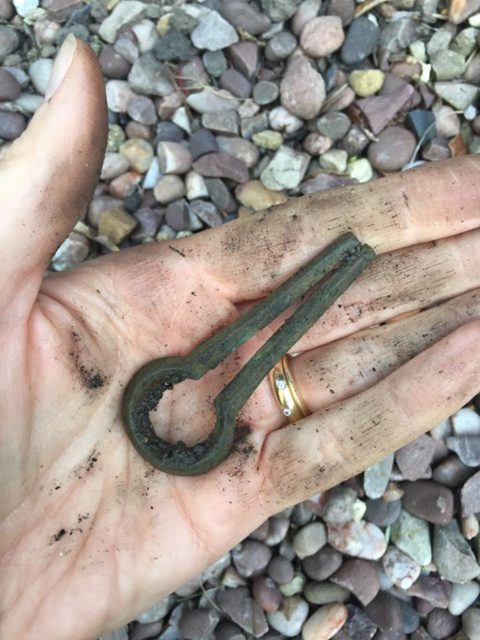
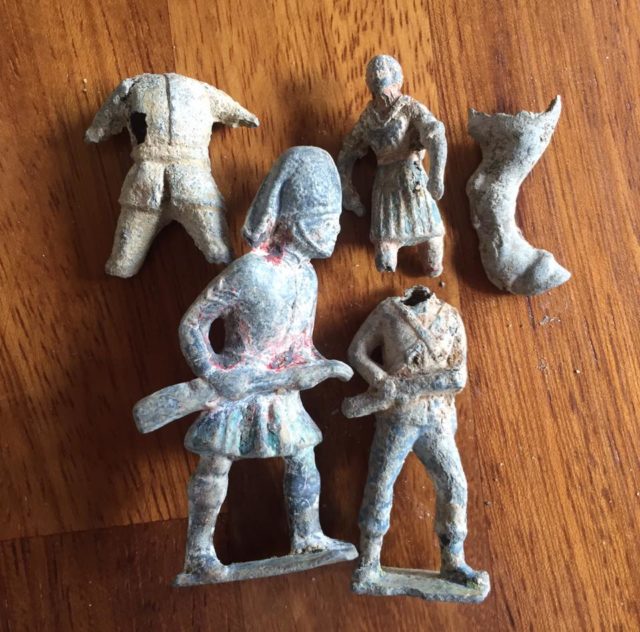
In other areas, the mud reveals many handmade pins. The pins offer a glimpse into some forgotten habits of the big city, taking us back to the medieval days when they had many purposes. As they were able to hold almost everything tightly together, they were used for dresses or baby swaddlings, among other things.
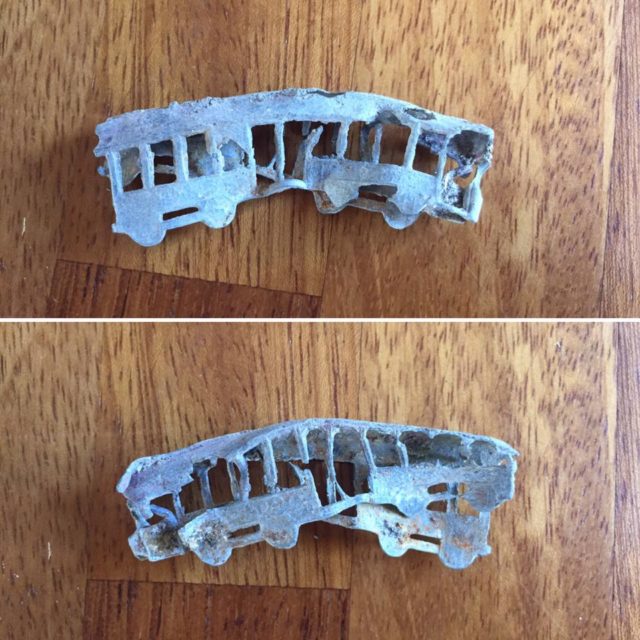
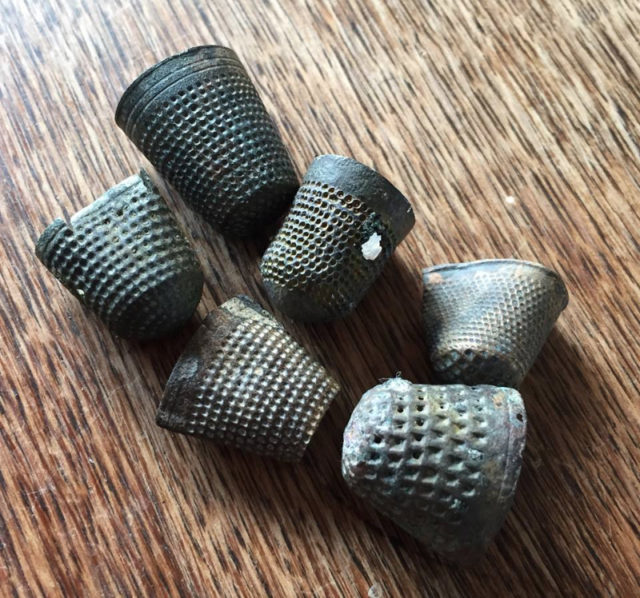
There are also more shards of pottery, as well as buttons, dress hooks, wooden nit combs, lace ends, beads, and needles. Those are some of the most common items that can be found along the foreshore. Particularly interesting may be the love tokens, which were often an important personal belonging. They were common during the 17th century, exchanged as gifts to express love and admiration. While many such tokens have been kept, many seem to have ended up at the bottom of the river too.
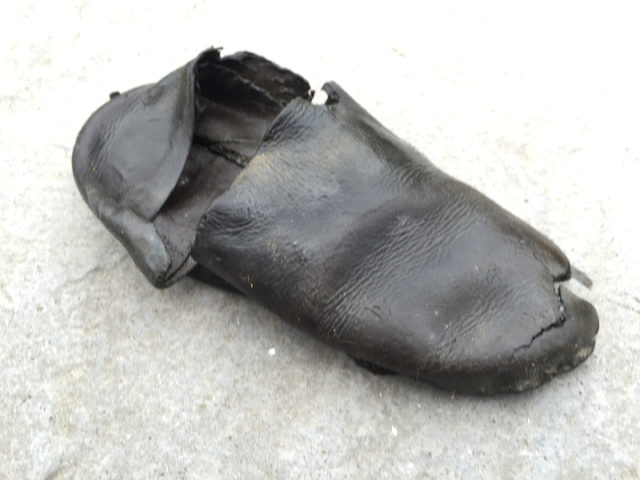
Unfortunately, not all days are happy ones by the river though, as Maiklem has on one occasion also had to report on finding the body of a young man.
It seems that, indeed, the river is the silent recipient of nearly everything. It holds the items people no longer need due to technological advances, old habits, and customs, and last but not least, people’s broken hearts, dreams, and spirits.
